Climate resilient gardens
While our climate is getting warmer, extreme weather events seem to be on the increase, with hotter, dryer summers and rain-sodden winters becoming the norm. This pattern can make it very difficult to know what to plant in the garden, but fortunately, some of the designers at this year's Chelsea Flower Show have given us a masterclass on how it's done. Grappling with the issue head-on, they've produced some truly inspiring examples of resilient gardens that blend resourceful planting with naturally durable materials. And we've taken notes.
If you'd like to future-proof your garden, making it better able to withstand the unpredictability of a changing climate, while giving it a greater chance of bouncing back no matter what the weather throws at it, then here are our top tips.
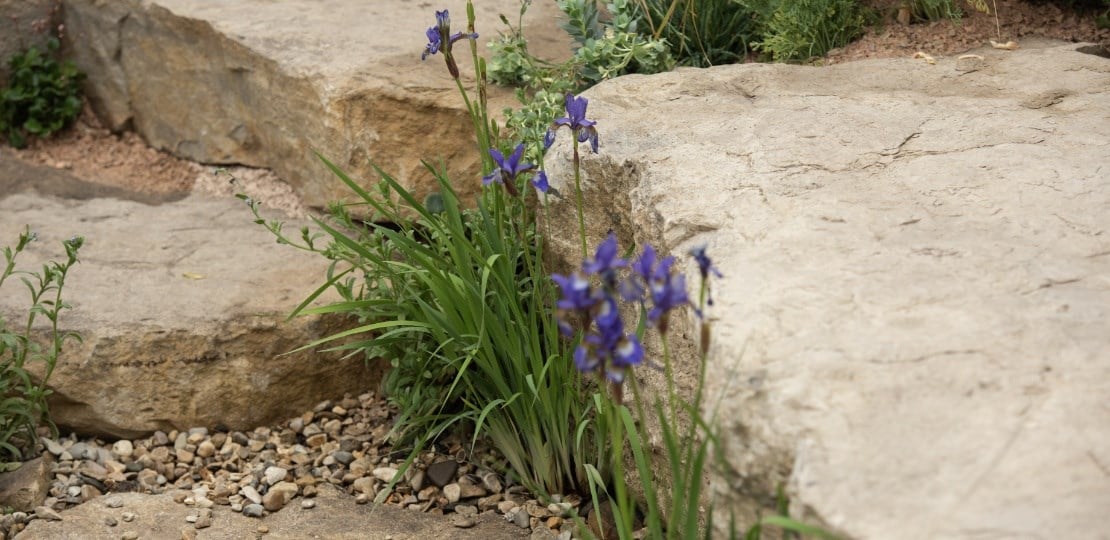
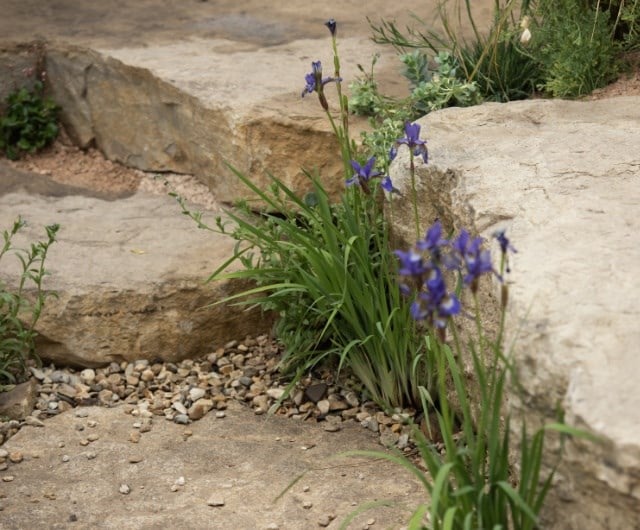
Choose permeable materials for paving and pathways
When we think of gardens, we tend to focus on the planting, but hard surfaces like paving and pathways really play a vital role in the functionality, and subsequent enjoyment, of our outdoor spaces. Providing easy access and creating defined, designated places to gather, eat, or simply sit quietly, allow us to move around freely without getting muddy.
In most urban environments, a good percentage of the ground tends to be covered in buildings, roads, pathways, and playgrounds, and all this impermeable surfacing can sometimes result in flash flooding in heavy rain. Even in our gardens, sheets of water can form and channels can be gouged, eroding soil in borders and damaging our precious plants. Even worse, runoff into drains (and subsequently into rivers or streams) can contain many pollutants, many of which would naturally be filtered out if passed through the soil first.
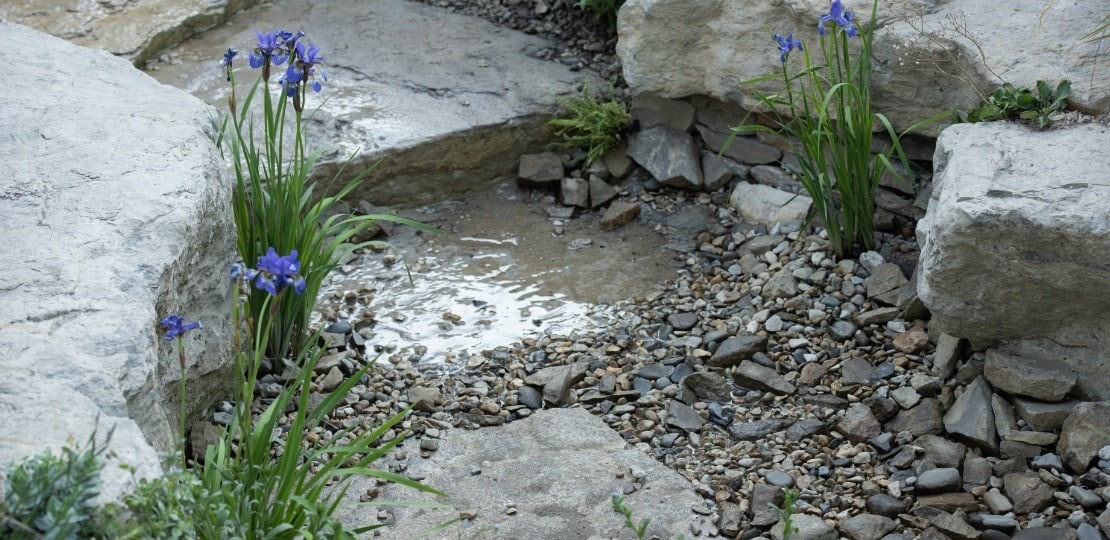
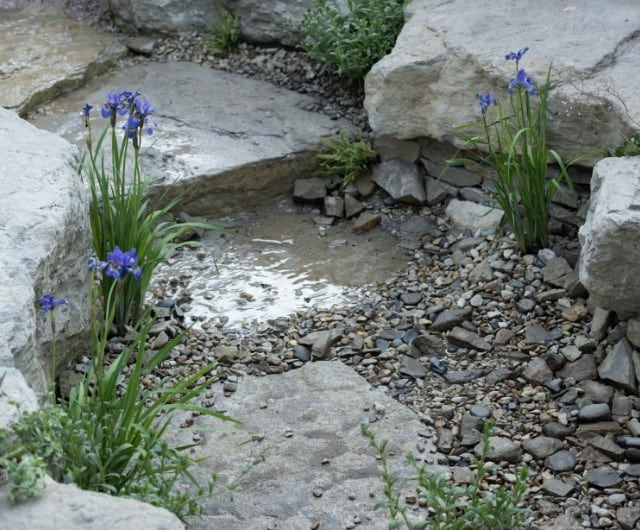
Manage water wisely
Whether you have too much or too little, the efficient management of water in the garden will play a key role in its sustainability and resilience. The aim is to waste as little as possible, and while making sure that plants are maintained healthily, maximise absorption to keep the water table topped up.
Save on water bills and try to harvest as much rainfall as possible with a water butt or dip tank. Once installed, water butts will channel water from your roof into a tank, harvesting and storing it for later use.
Dip tanks also capture rainwater, but they tend to be more decorative, so can double up as a water feature rather than being tucked away out of sight. Place them in an exposed spot where they can fill easily, or use a diverter to channel water directly from your gutter or downpipe. Once they're topped up, you will be able to fill a watering can in a flash - just by dipping it in.
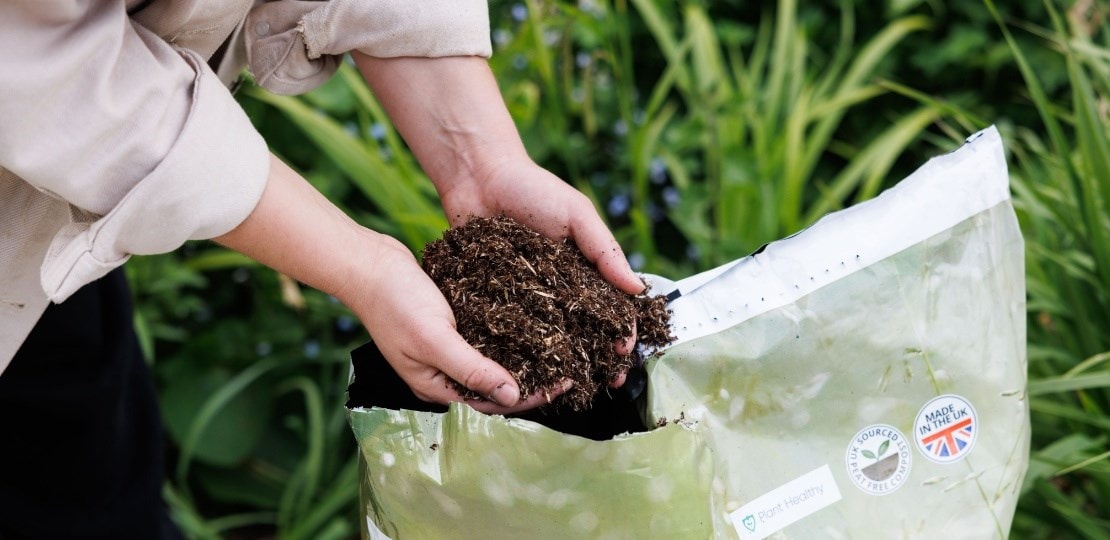
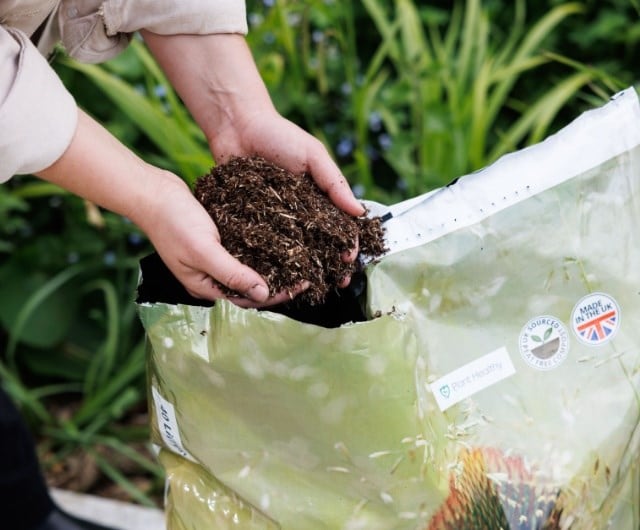
Get soil-savvy
This is one of the most important things you can do for your plants, because soil really is the lifesource of a thriving garden - and healthy soils are much better able to sustain healthy plants during tough times. Therefore, really getting to know your soil, and taking steps to maintain its well-being, is paramount to good gardening.
Soil types can vary enormously from place to place, however, all well-conditioned soils will typically have a good balance of minerals (sand, silt, clay etc), organic matter, water and air. They should hold some (but not too much) water, be rich in nutrients and microbial life, while having a crumbly texture that's better able to resist both compaction and erosion.
Adding lashings of composted organic matter is one of the best things you can do to enrich your soil. If you don't mind digging, then take the hands-on approach, and mix in generous amounts of homemade compost, leaf mold, or composted manure. Alternatively, use the 'no dig' method and leave the soil as undisturbed as possible. Simply apply a generous layer of composted organic matter on top of the soil, taking care to avoid build-up around the crowns of existing plants, then let nature and the elements take their course.
In time, you'll find that the organic matter will gradually break down, or be worked into the soil by earthworms and other soil-borne organisms, supplying a steady stream of nutrients to the plant's roots.
Resilient planting
When choosing your plants, remember that different parts of the garden will probably have different microclimates (sun, wind, available water, etc), and for longevity, you want to find those plants that will thrive in the space you've earmarked for them.
Native plants that are accustomed to your garden's soil and climate will tend to adapt easily (and require less ongoing maintenance), while groundcovers are useful for suppressing weeds and preventing soil erosion.
Finally, companion planting (where synergised plants are grown side by side to mutually enhance their growth, health, and productivity), can be a valuable tool to have under your belt in resilient gardens, because it will help foster a thriving ecosystem. It's worth exploring.
Our top 5 plants for a resilient garden
Geranium spp. (cranesbill)
Not to be confused with the tender bedding plants that fill baskets and pots with summer colour, hardy herbaceous geraniums are incredibly tough and rewarding. Their handsome foliage can smother the ground amiably keeping weeds to a minimum, while their flowers (most of which are attractive to pollinators), appear from late spring to mid-autumn in a huge assortment of colours.
Dryopteris spp. (fern)
While adding a lush and luxurious feel to the planting scheme, these ferns are really very tough - even adapting to dry, shady conditions once settled in. You'll often see them forming generous drifts, or scattered throughout hedgerows, ditches and native woodland, where they can find a foothold in open ground, the nooks and crannies of a dry stone wall or even decaying logs or stumps. Fortunately, they're equally lovely (and amenable) in the home garden.
Rosa Glauca Pourr. (shrub rose)
Often grown simply for its purple-flushed, grey-green foliage, which adds a beautiful accent to mixed borders, this vigorous, award-winning shrub rose will grow in most soils in sun or part shade. The simple yellow-eyed, pink flowers appear in loose sprays in early summer and are followed by decorative hips - equally popular with birds and florists.
Hedera spp. (ivy)
Undemanding and ever-compliant, ivy can be left to scramble along the ground where its leafy stems will help insulate and bind the soil, while also providing protection for an assortment of insects and animals. Otherwise, let it climb (which it can do unaided if it has something to cling to) and it will provide habitat for nesting birds. Producing rounded clusters of tiny flowers, which are a magnet for pollinators, the subsequent berries make terrific bite-sized snacks for hungry birds and other wildlife.
Alchemilla mollis
Forming weed-smothering mounds of scalloped, hairy leaves, which capture and hold water droplets like scattered diamonds, and topped with a frothy haze of chartreuse-yellow flowers throughout the summer, this easy to grow perennial will gradually self seed to form knee-high groundcover. Use it to line pathways and soften border edges, and cut some of the ample flowers for the vase.










